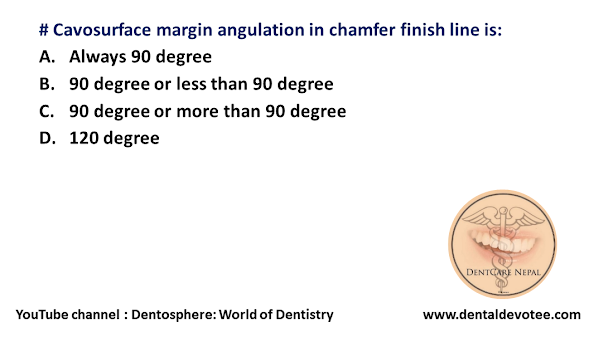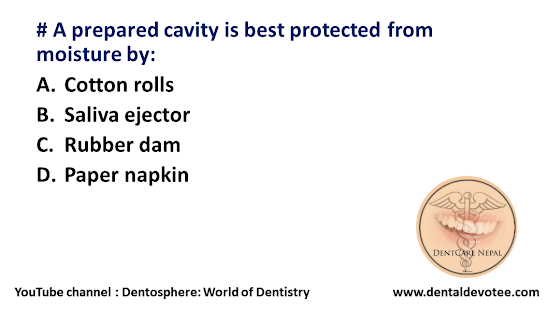Refractory periodontitis is aggravated by:
A. Areca nut chewing
B. Smoking
C. Menstruation
D. Hormone PG and oestrogen
The impact of cigarette smoking on the long-term effects of periodontal therapy in a population undergoing Supportive Periodontal Therapy (SPT) has been reported. Smokers displayed less favorable healing responses both at re-evaluation and during a 6-year period of SPT (Baumert-Ah et al. 1994). This was confirmed in another study in which higher percentages of heavy smokers experienced more multiple (≥9) residual pockets (≥5 mm) than non-smokers both after active periodontal therapy (31.2% versus 7.3%, respectively) and after 11 years of SPT (52.4% versus 14.8%, respectively) (Matuliene et al. 2008). In this study, heavy smoking was found to be a significant risk factor for periodontitis progression. Moreover, smoking was the main statistically significant risk factor for the recurrence of periodontitis after 10.5 years of SPT in the 84 patients with periodontitis stage IV, grade C. More than half of the current smokers in this study showed a recurrence of disease at re-examination and had a ten-fold increased risk for a relapse compared with non-smokers (Bäumer et al. 2011).
Reference: Lindhe’s Clinical Periodontology and Implant Dentistry, 7th Edition





















